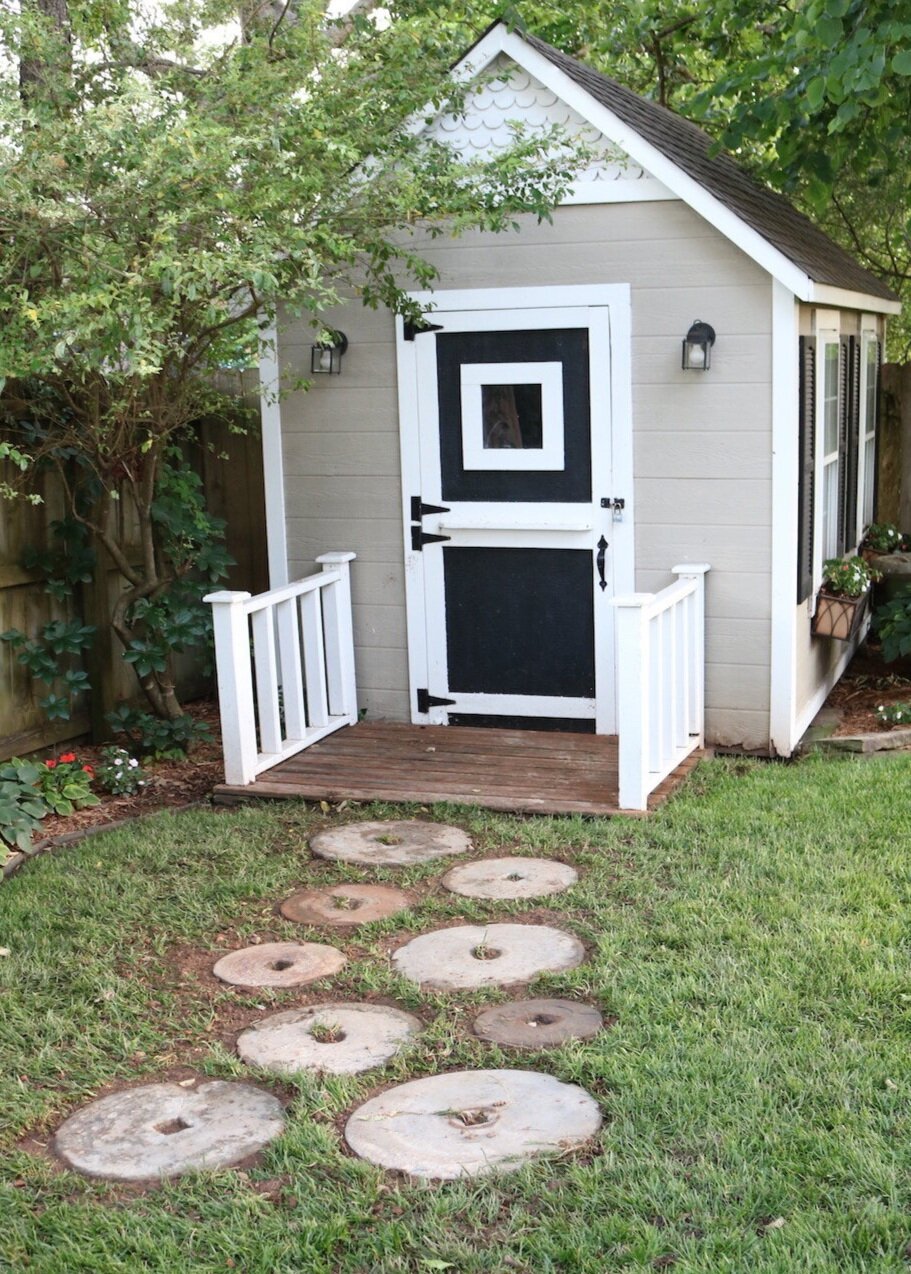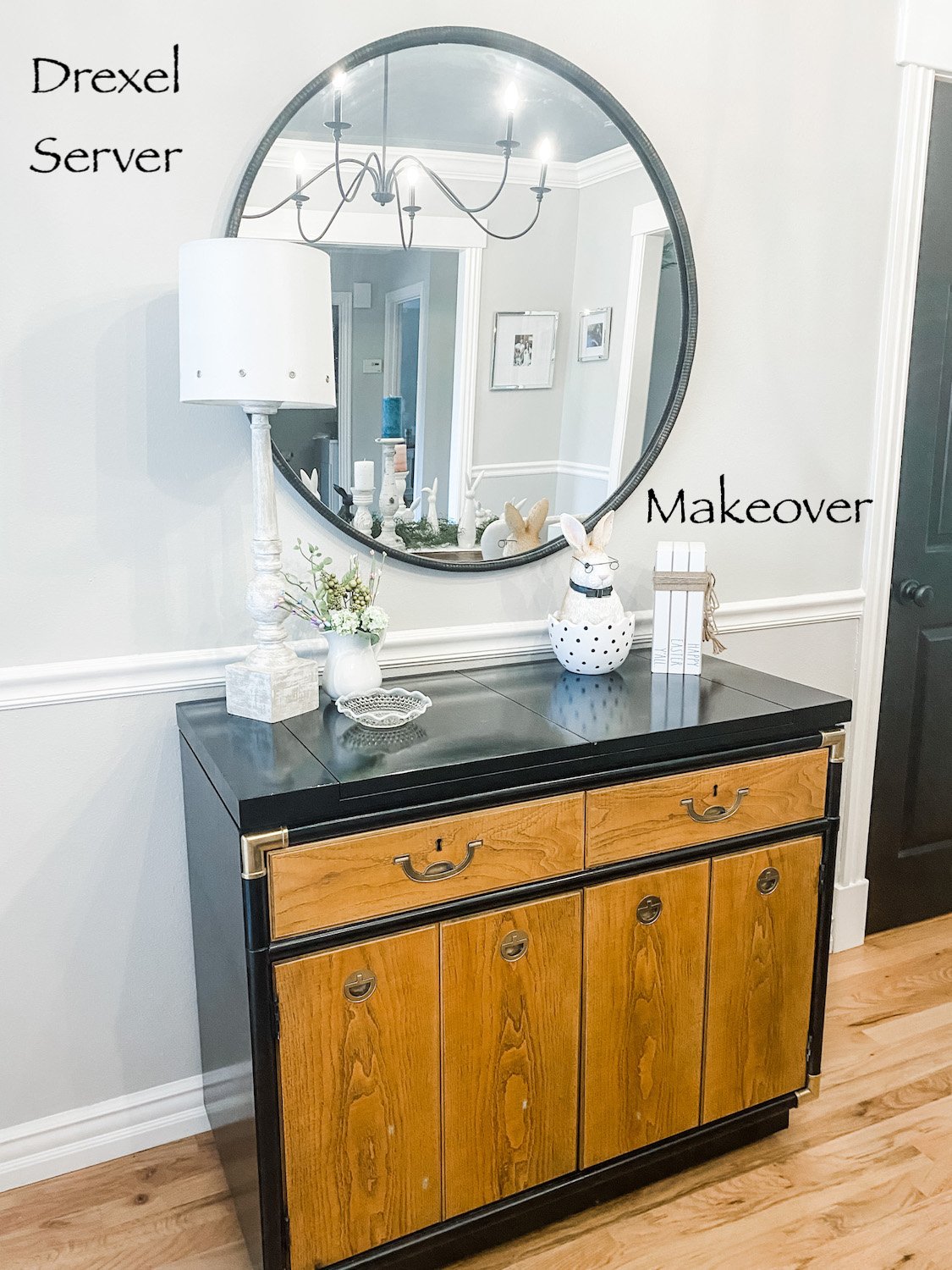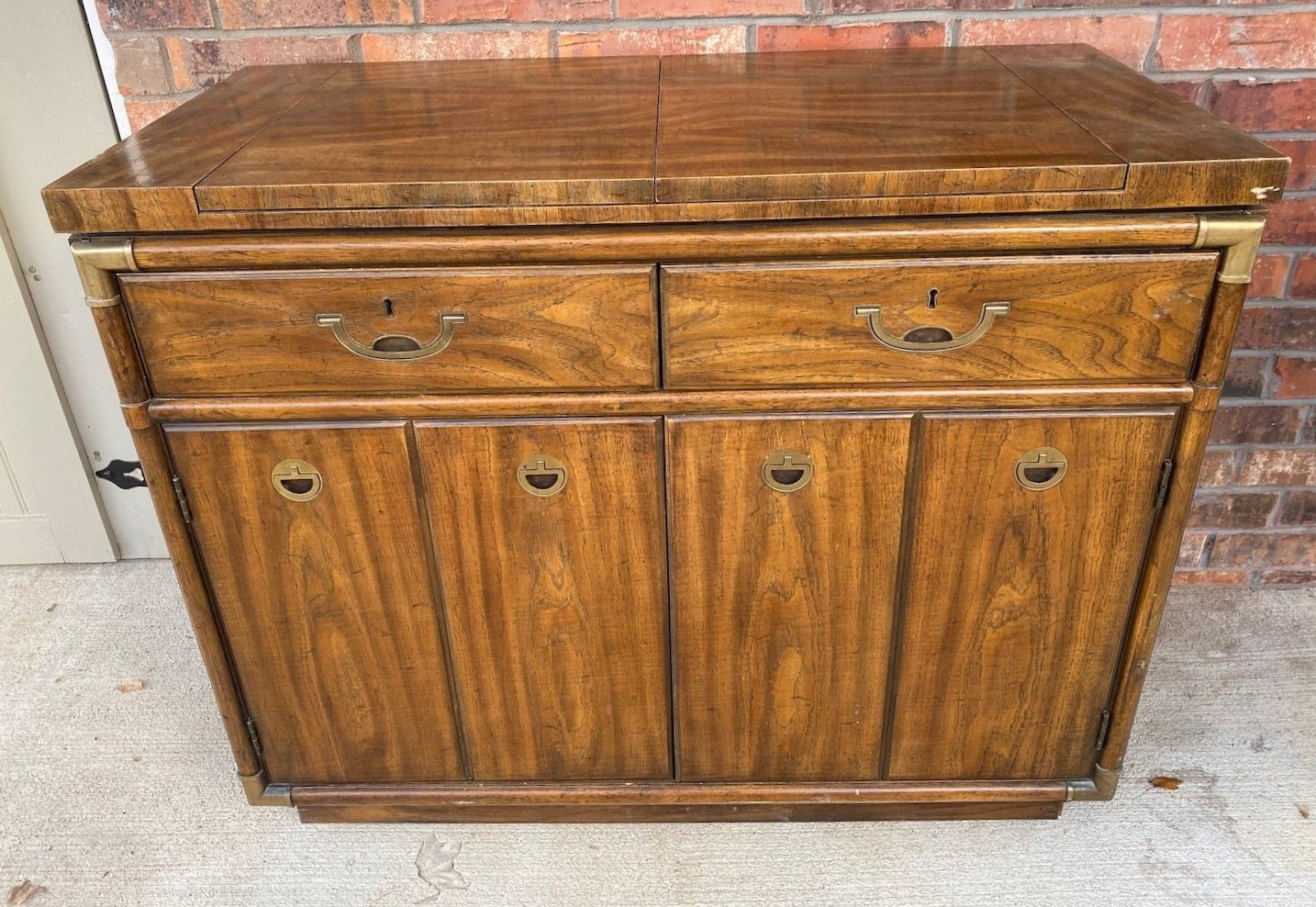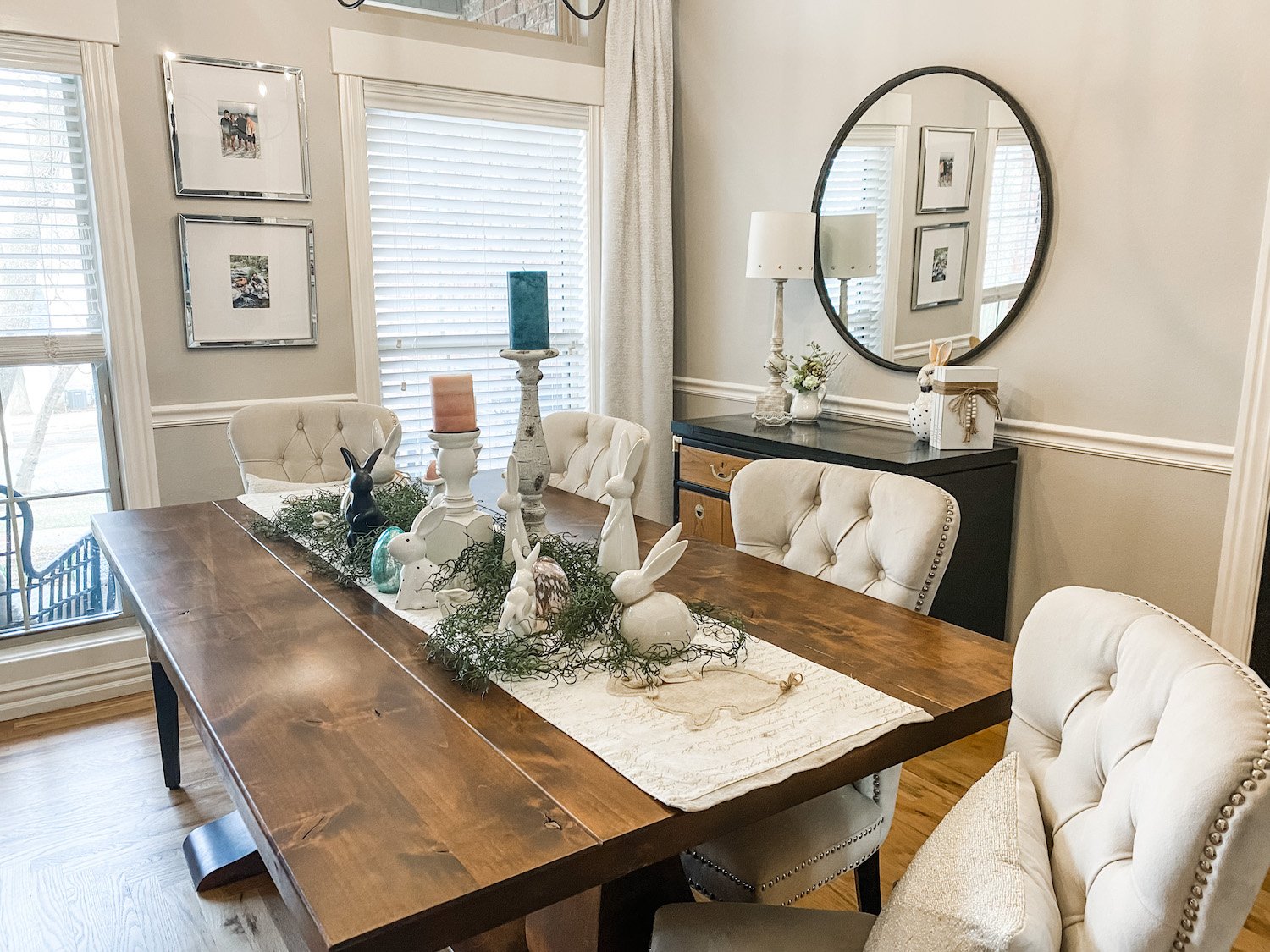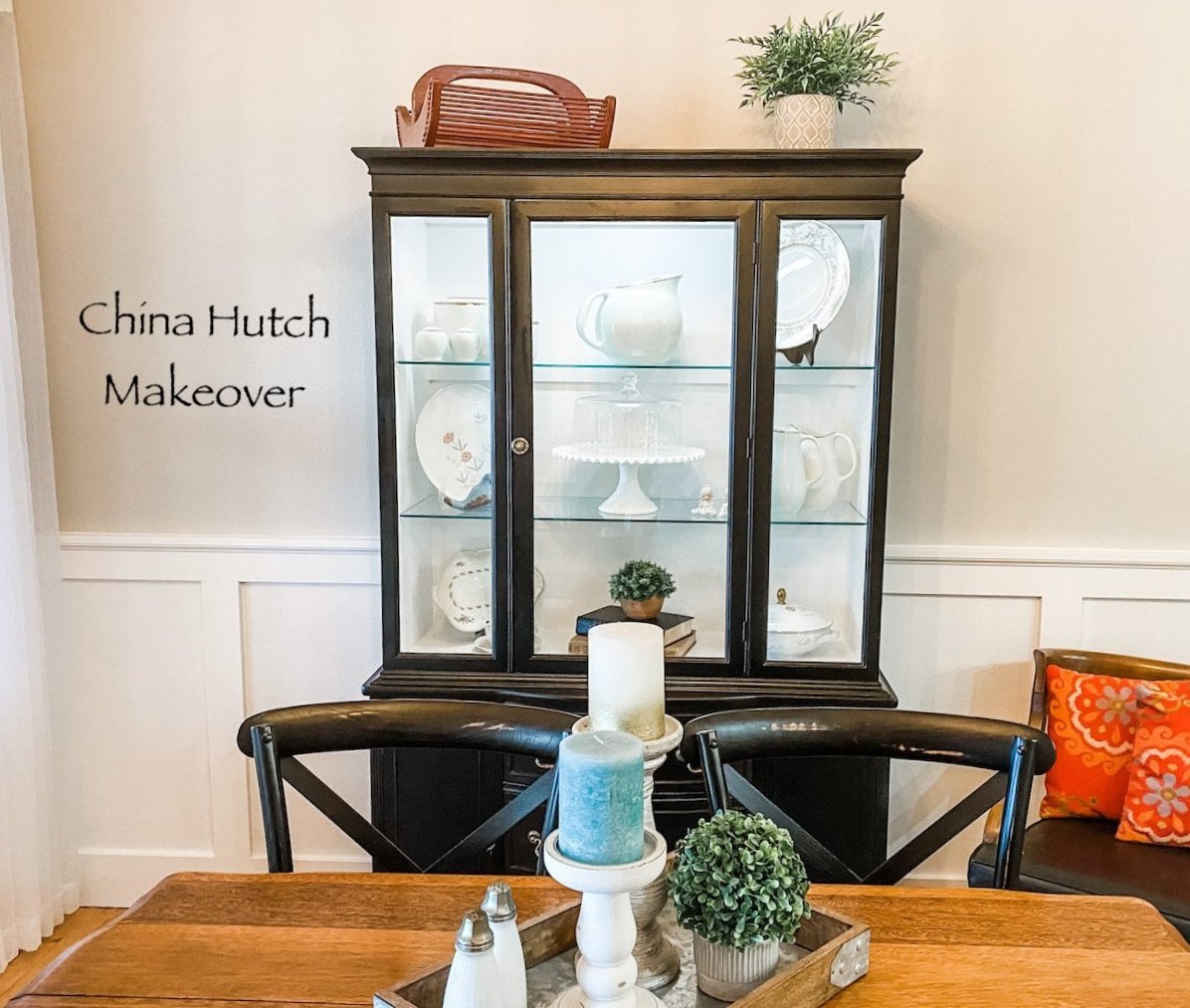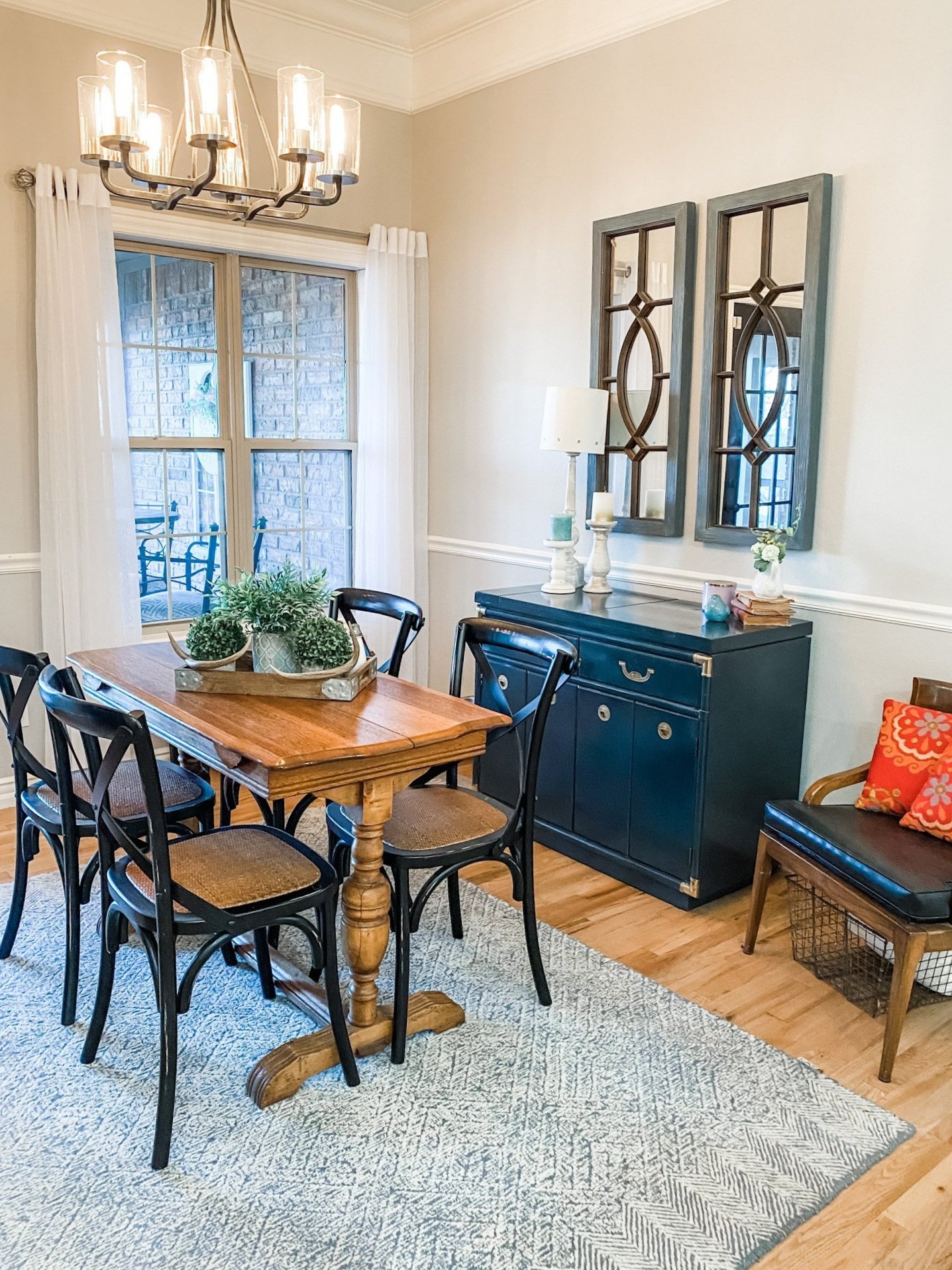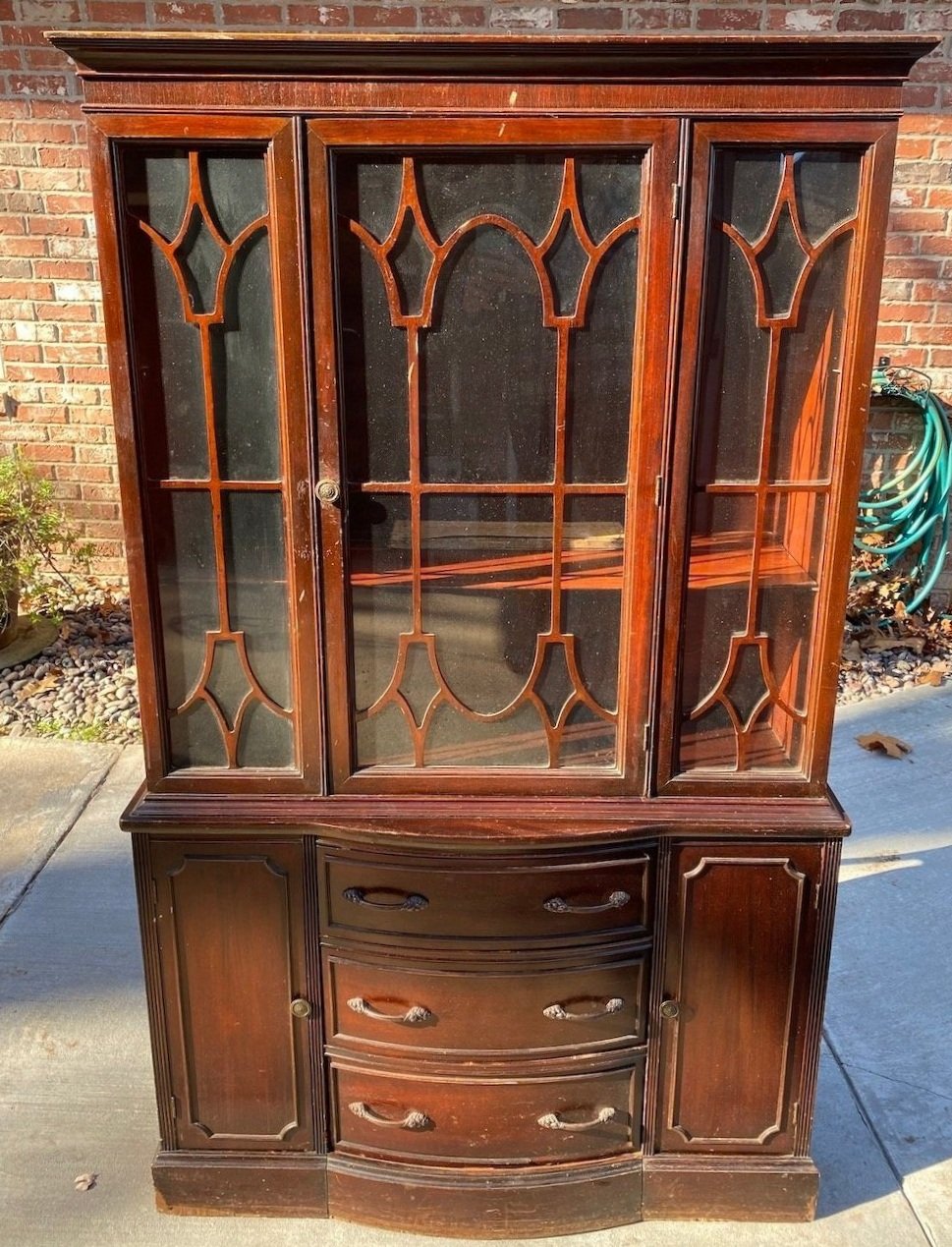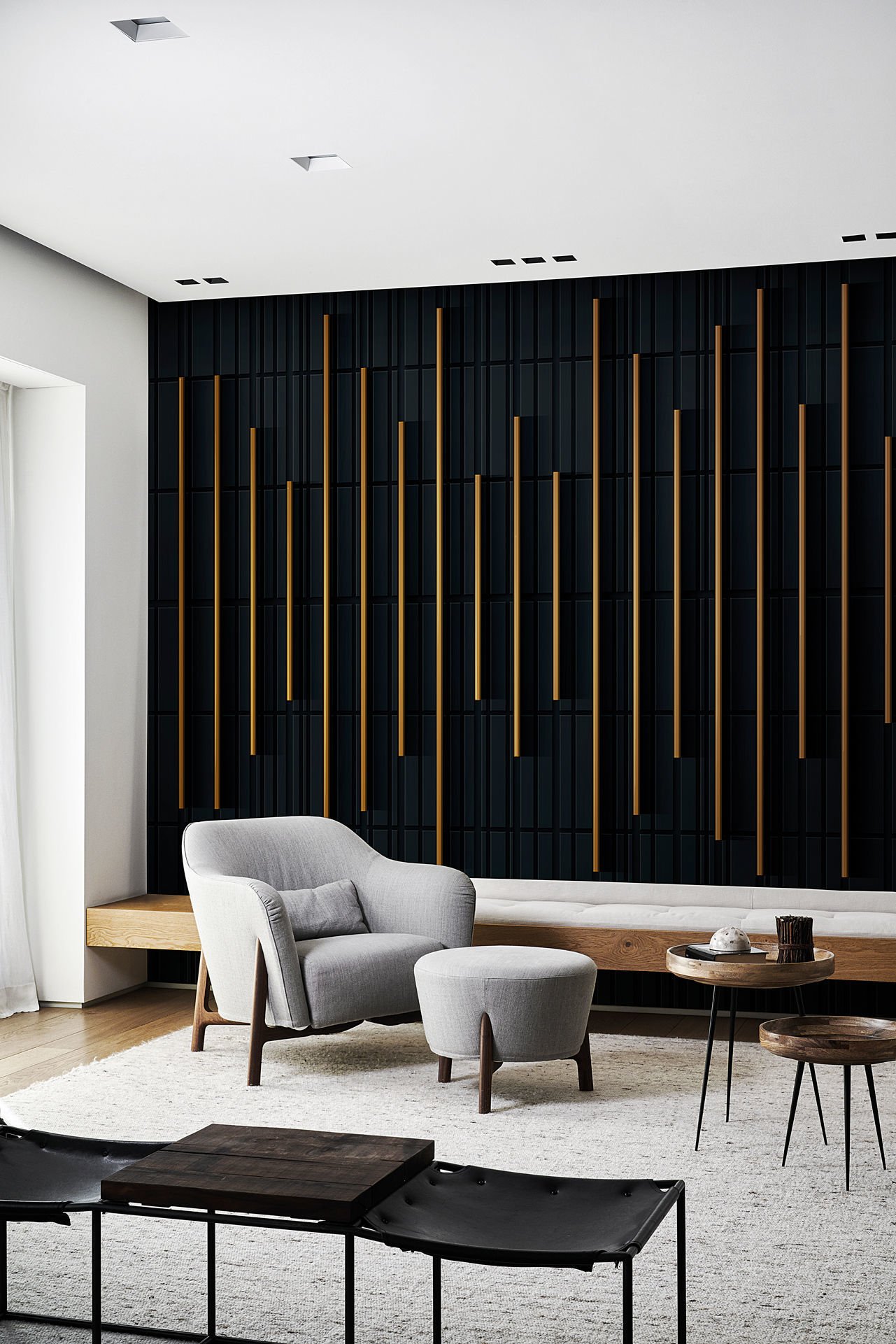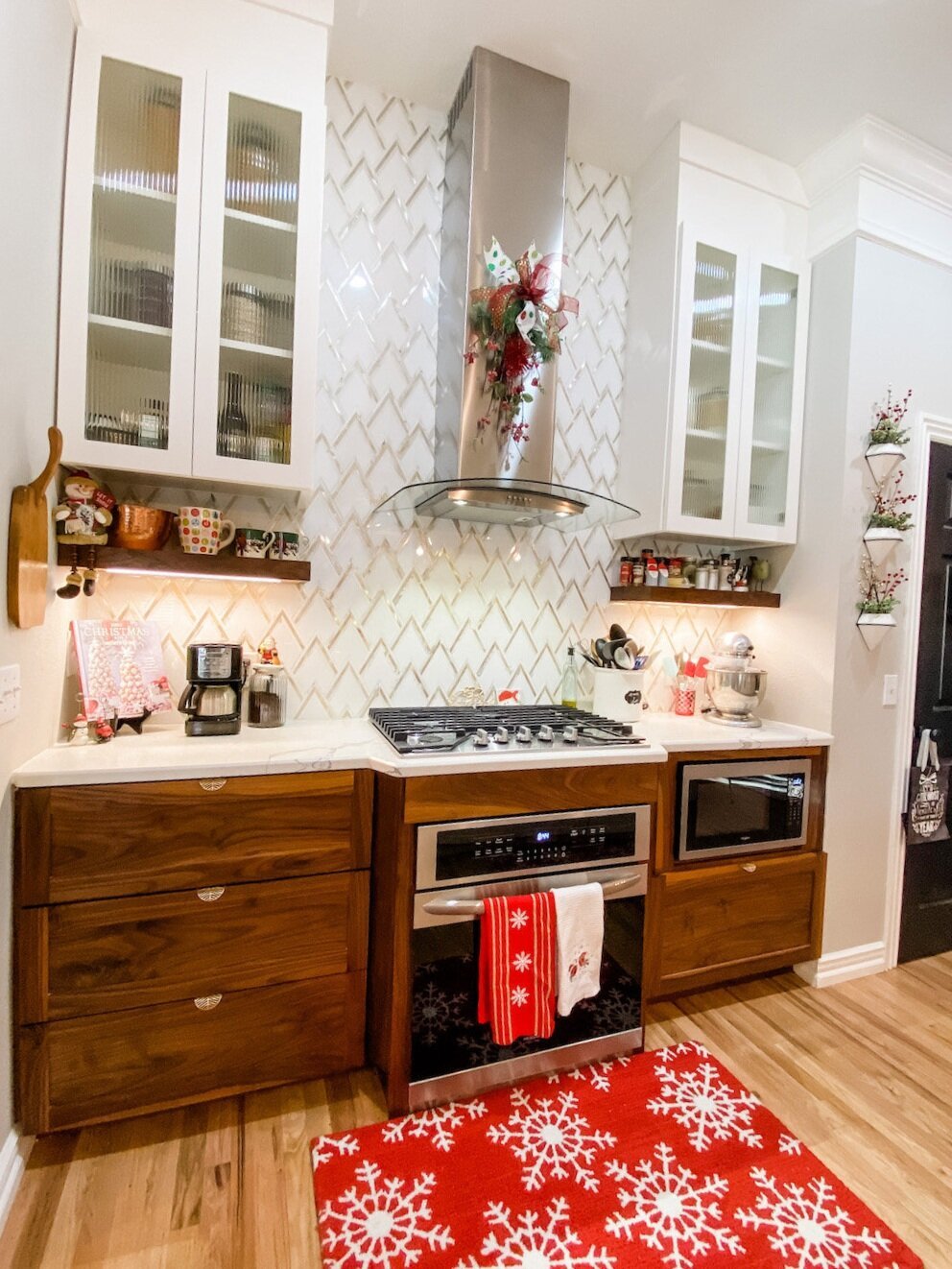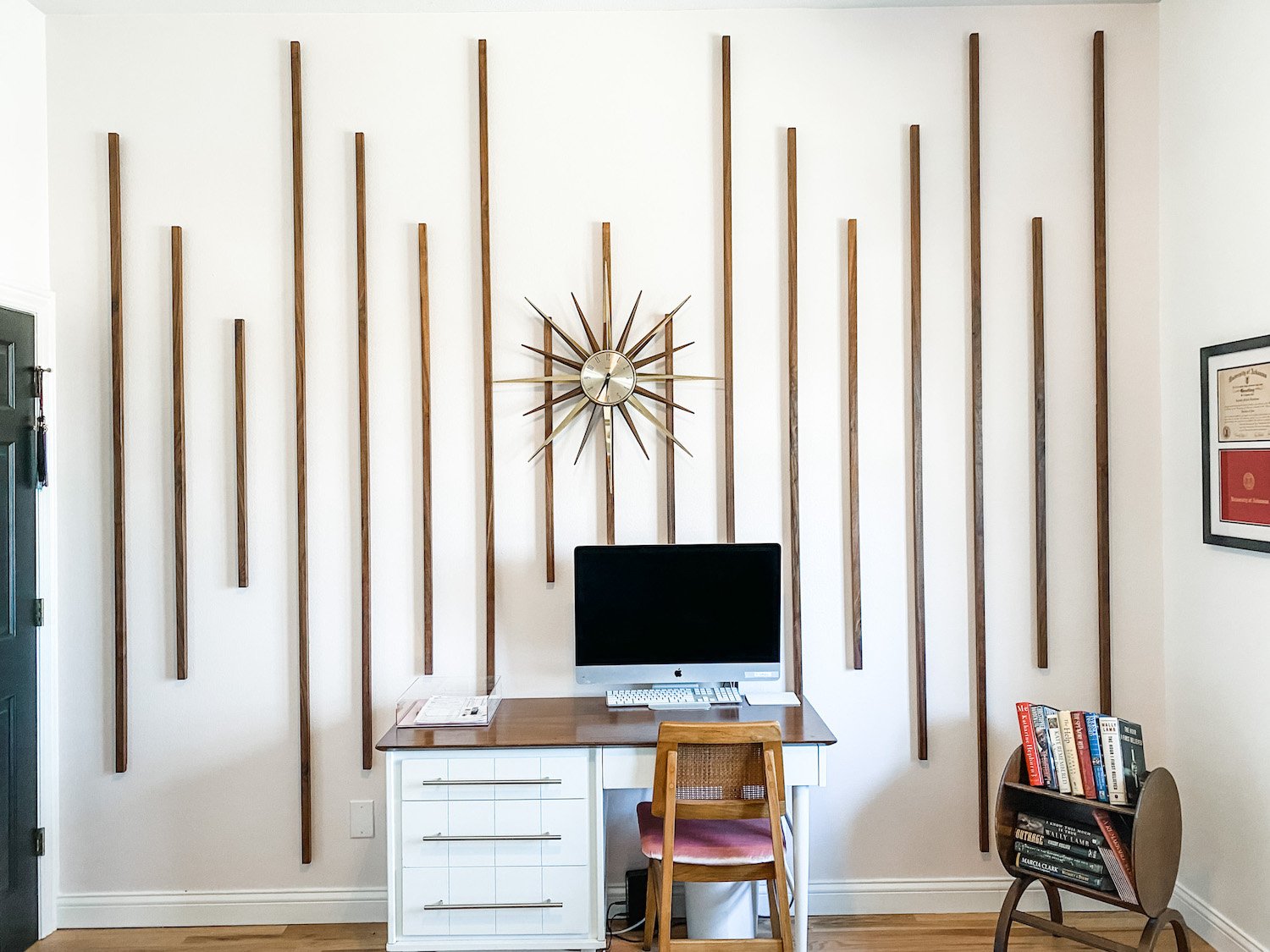Another fireplace makeover....
It is time.
Time to give the fireplace in the living room a little facelift.
Like the fireplace in the den, I have known from day one the living room fireplace would someday get a little makeover.
Its not totally offensive…it’s just…well…I just don’t like it much.
(I didn’t have to tear out what is there to get a good visual like I did in the den).
So the first thing I did was “find my inspiration.”
I did what I usually do…scoured Pinterest and the webisphere and dropped pictures I liked into a computer file….
In it are pictures of fireplaces that have at least one element I like.
I would post all the pictures of individual ones that really struck my fancy but again, I am HORRIBLE at keeping the original source to link back to…but this is my inspiration file.
This is one I like best…
You may notice this is a “stone” fireplace surround…but I think I can make something similar out of trim and paint it.
One thing I know for certain…I want “more formal” than the rock and walnut mantel I put in the den but less that the formal froo-froo in more formal living rooms. Simple but with a little class.
The den, kitchen and living room are all “open space.” The den is our “casual” space and the living room is the more “formal” space…and since you can see both fireplaces from just about any spot in all the rooms, it is important that they be different to reflect their individual purposes but not clash.
Does that make any sense at all?
So, I found my inspiration…or at least 20-30 I can combine to get the look I want.
The next step is to “make a plan.”
To do that, I measured the space (wall width and height, floor to bottom of TV, firebox) and drew it out on graph paper. That way I know exactly what my measurements are.
Again, most of the “inspiration” pieces I like were stone…but those are super expensive and I really think I can achieve a similar look with wood trim.
I haven’t yet decided on what tile I want between the fire box and surround. Or if I even want tile at all…I like the solid look. I think I may have to wait til I get the surround up to get a good visual.
This is definitely one of those “fly by the seat of your pants” deals.
Again, I know I do not want a hearth. This is a gas log firebox enclosed in glass….so no “need.” There isn’t one now so I know we can live without it. Since I went with the stone and natural wood in the den I’m pretty sure I am going to stick with painted.
So…inspirations in hand…check. Measurements taken…check. Set plan…well that is still a work in progress. I ordered the large concave (cove) crown and I will take a piece of that and build around it to find a look I like. I believe this is what they call a “fluid” plan.
This week the ladies in the neighborhood are building a deck. MAJOR chore…but by goshy we are getting it done! It is part of my “give what you have” plan for my life. I get to share a skill set, the ladies are learning something new and the fellowship is wonderful. So far, so good!
Hopefully next week I can get started on the fireplace!






